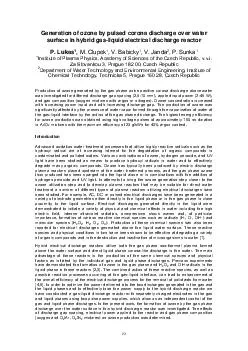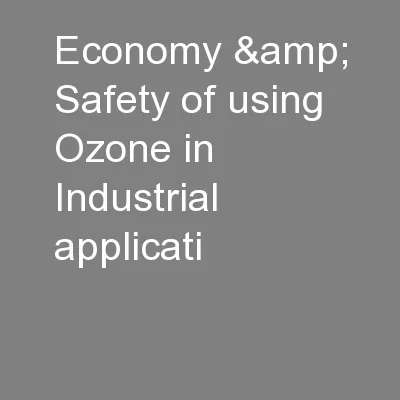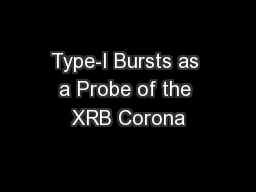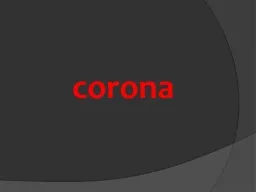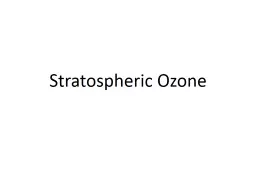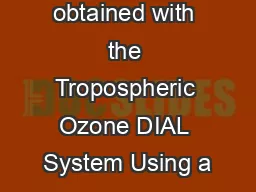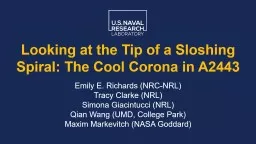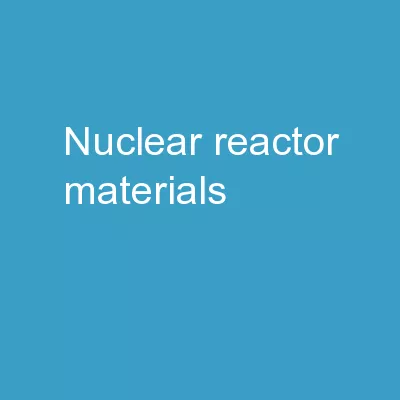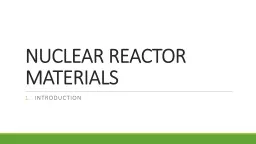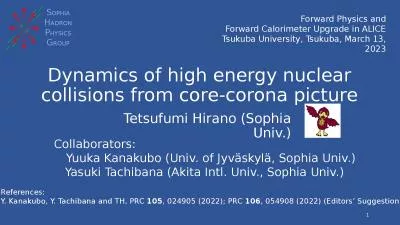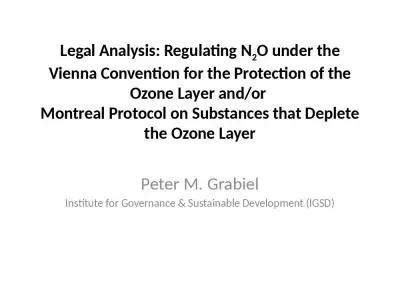PDF-Generation of ozone by pulsed corona discharge over water surface in hybrid gasliquid
Author : mitsue-stanley | Published Date : 2014-12-24
Lukes Introduction 23 brPage 2br Experimental Results and discussion Effect of discharge gap spacing on ozone formation Figure 1 EUd PSd EN 24 brPage 3br Effect
Presentation Embed Code
Download Presentation
Download Presentation The PPT/PDF document "Generation of ozone by pulsed corona dis..." is the property of its rightful owner. Permission is granted to download and print the materials on this website for personal, non-commercial use only, and to display it on your personal computer provided you do not modify the materials and that you retain all copyright notices contained in the materials. By downloading content from our website, you accept the terms of this agreement.
Generation of ozone by pulsed corona discharge over water surface in hybrid gasliquid: Transcript
Download Rules Of Document
"Generation of ozone by pulsed corona discharge over water surface in hybrid gasliquid"The content belongs to its owner. You may download and print it for personal use, without modification, and keep all copyright notices. By downloading, you agree to these terms.
Related Documents

